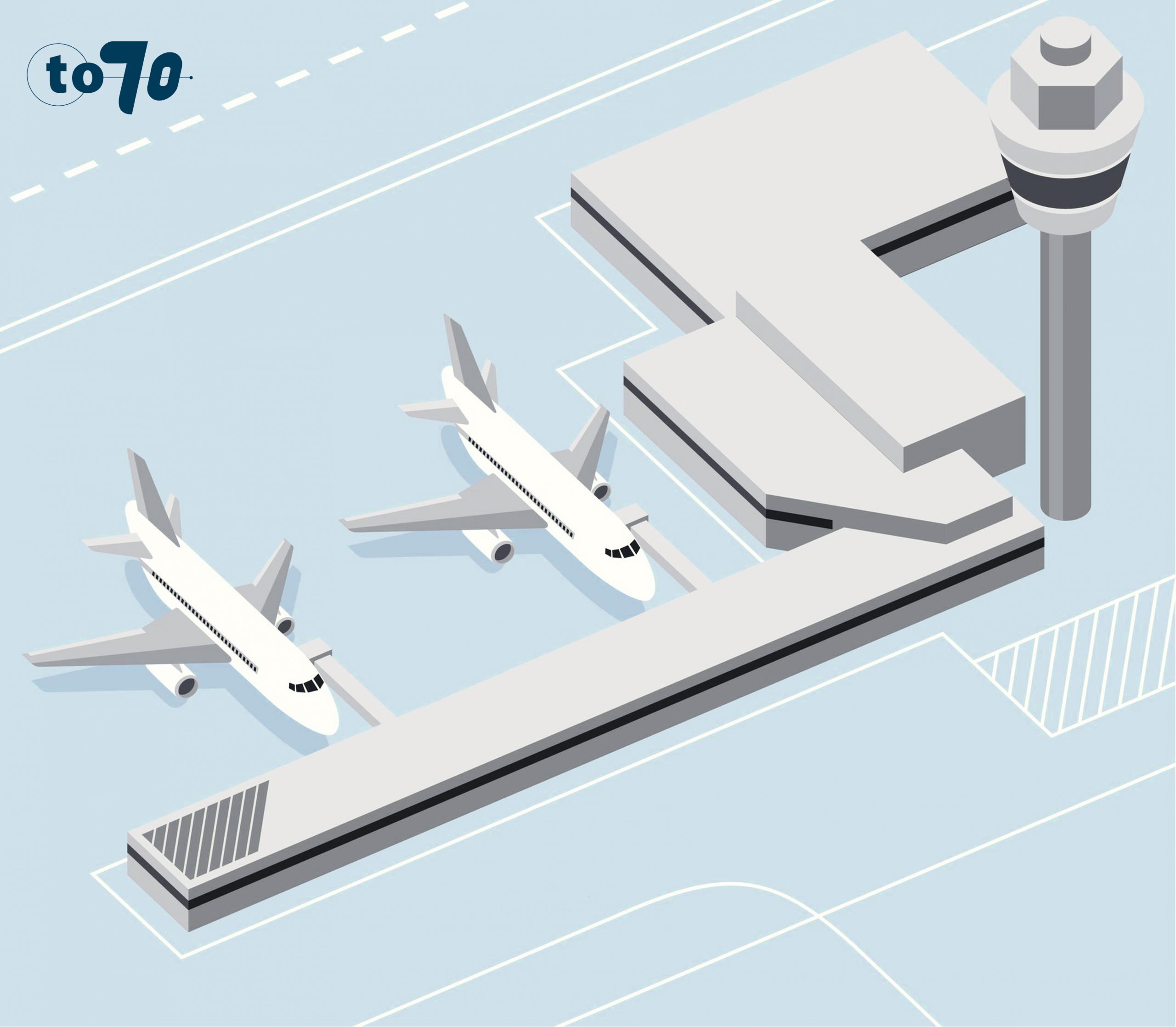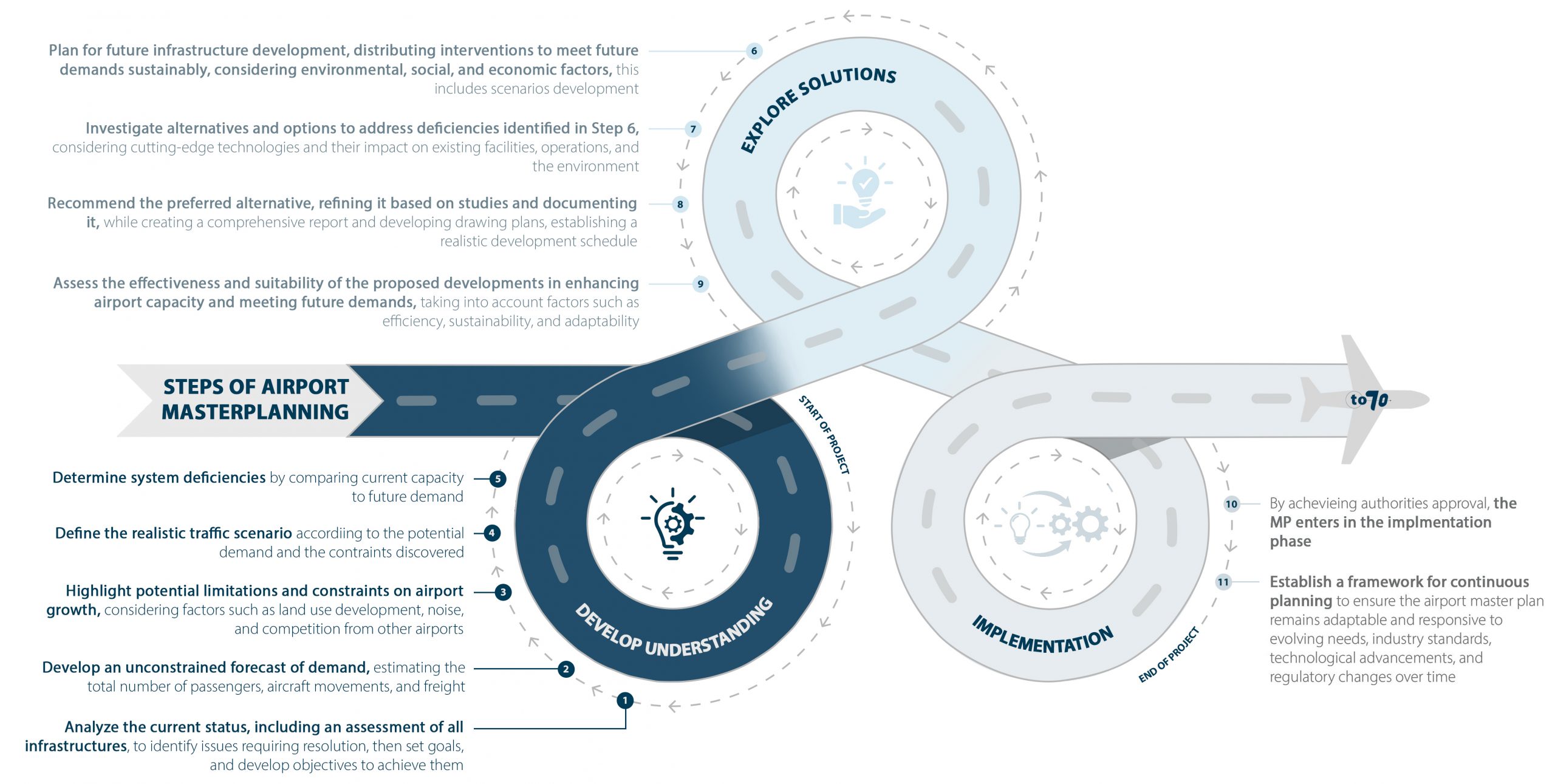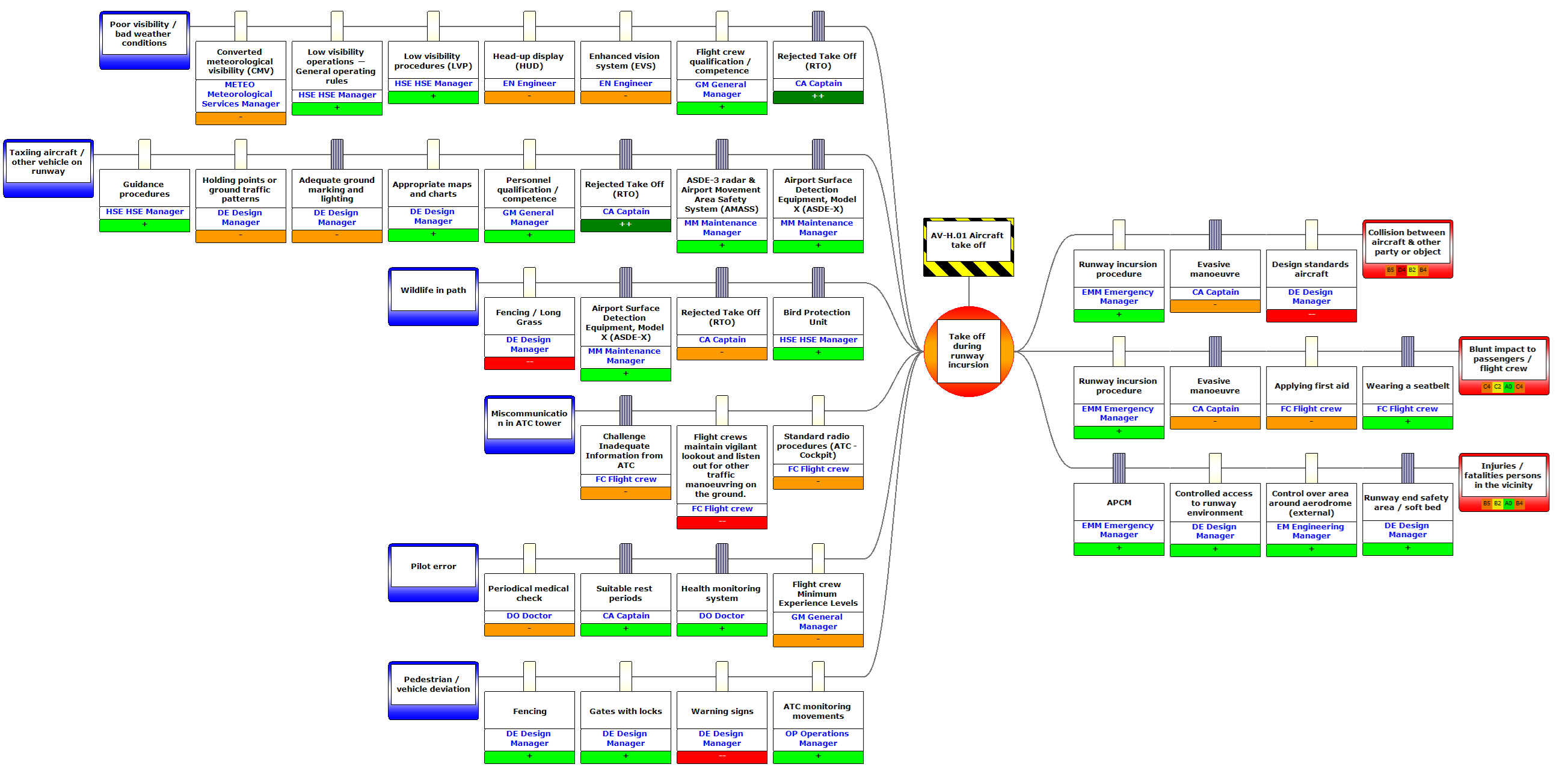
Fast-Time Simulation, as an airspace planning and development tool
Aviation has been growing at a rapid pace, and at times it may seem that efforts are not enough. Despite advancements in aircraft and technology, they may prove to be less effective if we do not consider the available airspace for their operation.
While predicting the future of airspace in the coming years precisely is a challenge, we can make some estimations regarding the factors that will influence its evolution, such as automation, integration of unmanned aerial vehicles (UAVs), improvements in operational safety, emissions reduction, and the growth of air traffic. In this blog, we will focus on the latter aspect.
Nowadays, airspace users such as airlines, general aviation, military, and UAVs, among others, are seeking alternatives to accommodate the increasing air traffic in the airspace. This plan aims to ensure that all stakeholders in this domain function effectively to guarantee operational safety and prevent demand from exceeding the capacity or the controller workload. Additionally, it aims to maximize operational efficiency and reduce emissions.
A fast and cost-effective way to evaluate airspace response to traffic growth is through Fast Time Simulation (FTS). This tool quickly processes a large volume of traffic, creating simulations of airspace behavior in a model that closely resembles reality. This enables the selection of optimal designs based on the planning needs mentioned in the preceding paragraph.
Recent years
We have utilized FTS to conduct various capacity studies at airports and their airspace. Below, we will mention some examples where we have employed FTS to suggest changes that could be implemented to anticipate an increase in capacity.
Several studies were conducted using FTS to assess and enhance the operational capacity of some airports in Latin America. These studies identified aircraft separation as a primary factor in restricted capacity and nighttime operation delays affecting the efficiency and future expansion potential of the airports. Some solutions were simulated, and among the most prominent results, measures such as reducing airspace separations and redesigning airspace to open new control positions were proposed, thus alleviating controller workload, and better managing increased air traffic.
Moreover, it was found that the implementation of simultaneous instrumental approaches to parallel runways (IPIA) (Which also required an airspace and procedure redesign) could significantly increase arrival capacity only. However, it was noted that combining the implementation of (IPIA) and reducing separations between arriving aircraft for allowing a departing aircraft to take off, could result in increased capacity in both scenarios when:
- Arrivals prevail
- In mixed operations (When half of the operations are arrivals, and the other half are departures).
In another project, airspace capacity was simulated considering the workload of controllers. It was found that the lack of horizontal separation between inbound and outbound flows of the Terminal Control Area (TMA) generated conflicts and increased the controller workload. This highlighted the need to improve procedures to resolve these issues efficiently.
All previous simulations were conducted to enhance operational performance related to airspace, to achieve maximum efficiency, and to identify bottleneck points and delays. With all of this, it becomes possible to contemplate new strategies and proposals that enable the resolution of existing problems, as well as those that may arise in the long term with the increase in airspace demand.
References
Authority, U. C. (2024). UK Civil Aviation Authority.
Pier Ferraris, M. R. (June de 2022). ICAO Meeting.
Solutions, T. (Mayo de 2024). Transoft Solutions.
Yao Lu, C. L. (August de 2021). FAST-TIME SIMULATION OF AIRPORT SURFACE MOVEMENT.
Read more Articles and News



 Meticulously planned infrastructure, including runways, taxiways, and aprons, not only streamlines aircraft movements but also minimizes taxi times, elevating overall operational efficiency. Crucial to meeting both current and future demands, resource optimization and capacity planning are prioritized, featuring flexible layouts adaptable to diverse aircraft sizes. Resilience is inherent, with contingency plans and backup systems in place, ensuring uninterrupted operations even in the face of unexpected disruptions. Similarly, the landside infrastructure adheres to this concept to amplify the passenger experience as previously outlined.
Meticulously planned infrastructure, including runways, taxiways, and aprons, not only streamlines aircraft movements but also minimizes taxi times, elevating overall operational efficiency. Crucial to meeting both current and future demands, resource optimization and capacity planning are prioritized, featuring flexible layouts adaptable to diverse aircraft sizes. Resilience is inherent, with contingency plans and backup systems in place, ensuring uninterrupted operations even in the face of unexpected disruptions. Similarly, the landside infrastructure adheres to this concept to amplify the passenger experience as previously outlined.







